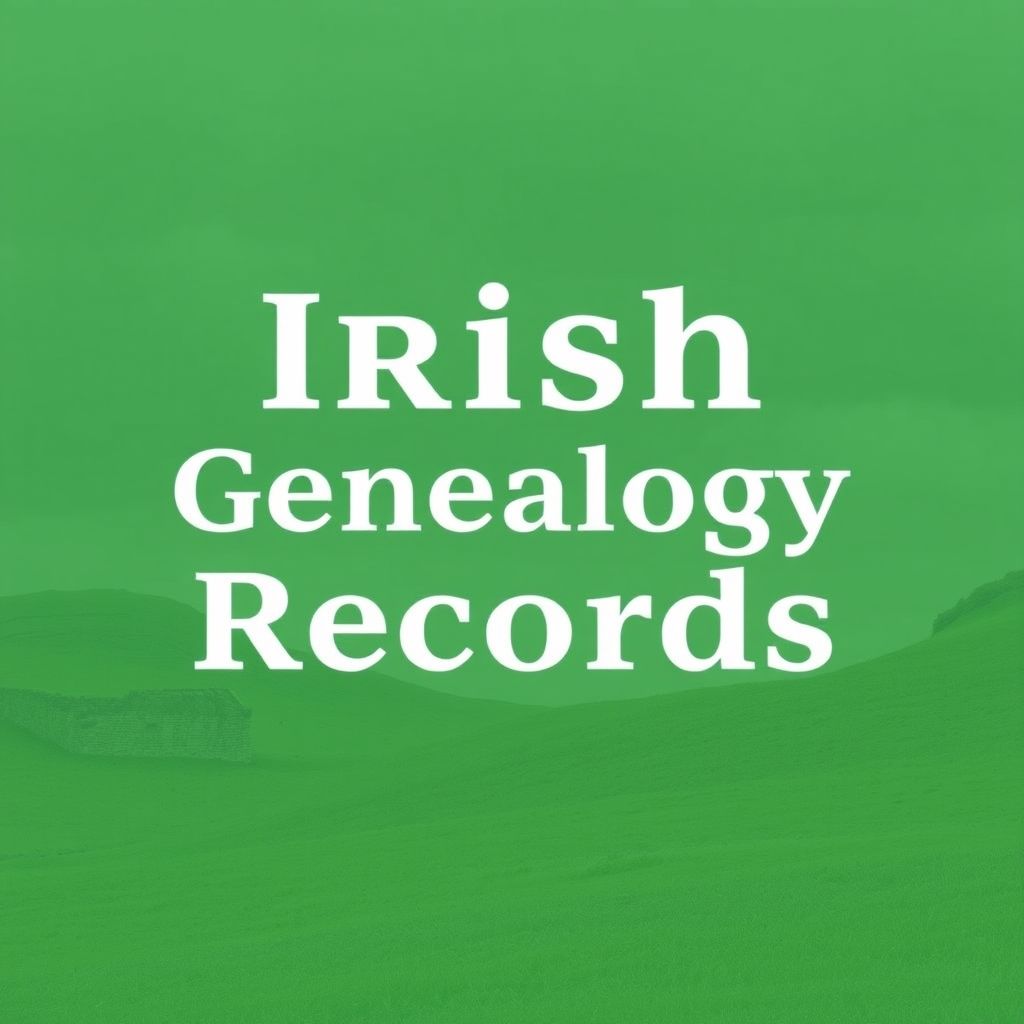
{"prompt":"Irish Genealogy Records","originalPrompt":"Irish Genealogy Records","width":1024,"height":1024,"seed":42,"model":"flux","enhance":false,"nologo":true,"negative_prompt":"worst quality, blurry","nofeed":false,"safe":false,"isMature":false,"isChild":false}

For millions across the globe, the dream of setting foot in Ireland isn’t just about the rolling green hills or the vibrant streets of Dublin—it’s about coming home.
Whether you have Irish roots in County Donegal, Antrim, Tyrone, or beyond, traveling to Ireland with the intention of exploring your family history is one of the most powerful and personal experiences you can have. It’s not just tourism—it’s time travel.
In this guide, we’ll show you how to plan the ultimate ancestry trip to Ireland, access key Irish genealogy records, and map out your ancestral journey using modern resources, local insights, and some deep storytelling magic.
Why Visit Ireland for Your Family History?
Ireland’s past is deeply woven into its towns, parishes, graveyards, ports, and villages. For those in the Irish diaspora, especially the 70+ million people worldwide with Irish ancestry, an ancestry trip to Ireland is a profound homecoming.
There’s something truly indescribable about standing on the land your ancestors once walked, visiting the local church they married in, or even finding their name etched in stone in a remote graveyard.
💡 Ready to begin your search? Start with this Ultimate Guide to Tracing Irish Roots in 2025.
Step 1: Trace Your Irish Family Tree Before You Fly
Before you even pack your bags, it’s essential to do your genealogy research. This includes identifying family names, hometowns, emigration years, and any relevant documents you may already have.
Best Tools for Researching Irish Ancestry:
-
IrishGenealogy.ie – The official government portal offering Irish birth records free online, marriage and death records, and searchable civil records.
-
Roots Ireland – A comprehensive archive of church and parish records, great for deep family tree search across Irish counties.
-
FamilySearch.org – Free and global. Great for initial exploration and building your family tree Ireland free.
-
FindMyPast and Ancestry.ie – Both platforms offer digitized Irish genealogy records and census archives.
Need a walkthrough? Check out our guide on How to Trace Your Irish Ancestry in 2025.
Step 2: Map Out Where Your Ancestors Lived
Once you’ve gathered some key names and dates, you can begin identifying specific counties or towns to visit.
Popular counties with rich emigration history and excellent local archives include:
-
County Antrim – Explore Belfast archives and the Ulster Historical Foundation.
-
County Tyrone – Dive into local church registers and northern Ireland genealogy resources.
-
County Donegal – Visit emigration museums and research county Donegal Ireland birth records.
Curious how other families did it? Discover the journey of the Murphy family in Tracing Your Irish Ancestry: The Murphy Clan.
Step 3: Visit Archives, Cemeteries, and Local Libraries
To truly trace your roots, make time to visit:
-
Glasnevin Cemetery in Dublin – Ireland’s largest cemetery and one of the best-preserved archives of family records in Ireland.
-
National Library of Ireland – Excellent for Irish parish records online free.
-
Local Heritage Centres – Nearly every county has its own genealogy service or centre offering on-the-ground help.
Many of these resources are featured in our deep dive on Irish Genealogy Records.
Step 4: Make It Personal
This trip isn’t just about names and dates—it’s about stories.
Stay in a village your great-grandparents might have called home. Attend mass in the same parish where they were baptized. Take in the landscape they saw as they left for a new life abroad.
Ask locals. Visit pubs. Many townsfolk are proud to help those “coming home” piece together their story.
And don’t forget to document it—photos, videos, journal entries. This isn’t just a vacation. It’s a living legacy.
FAQs: Answering Your Ancestry Travel Questions
🔍 How can I find my family history completely for free?
Use platforms like FamilySearch, IrishGenealogy.ie, and National Archives of Ireland. These offer vast collections of free civil records Ireland houses for public access.
📍 How can I trace my Irish family history for free?
Start your search with this comprehensive Irish ancestry guide. Use Roots Ireland for parish records, FamilySearch for family trees, and IrishGenealogy.ie for civil records.
🧬 What is another word for family history?
Terms like genealogy, ancestry, lineage, and family tree are commonly used interchangeably.
🌍 What is the best family history site?
For Irish roots:
-
Free – IrishGenealogy.ie and FamilySearch.org
-
Paid with deep access – Roots Ireland, FindMyPast, and Ancestry.ie
Not sure where to start? Read Uncover Your Irish Roots.
🧬 Do I need a DNA test?
DNA isn’t necessary but can help. Platforms like AncestryDNA and MyHeritage can identify regions and living relatives. But you can also build your tree without it using free Irish genealogy records.
Want more detail? See how to trace without DNA in How to Trace Your Irish Ancestry in 2025.
Final Thoughts: Your Legacy Awaits
An ancestry trip to Ireland is more than a holiday—it’s a journey of identity, belonging, and reconnection. With the rise of online genealogy records, and the growing popularity of heritage travel, there has never been a better time to discover where you come from.
Whether you’re using a family tree generator, digging into free census records Northern Ireland, or visiting the very street your ancestors walked down, your personal Irish story is waiting to be told.
Start planning your journey with the full Ultimate Guide to Irish Genealogy, or dive into the full 2025 family history roadmap.
Ready to walk where your ancestors once stood? Ireland is calling.
Let the land, the stories, and your roots guide the way.



